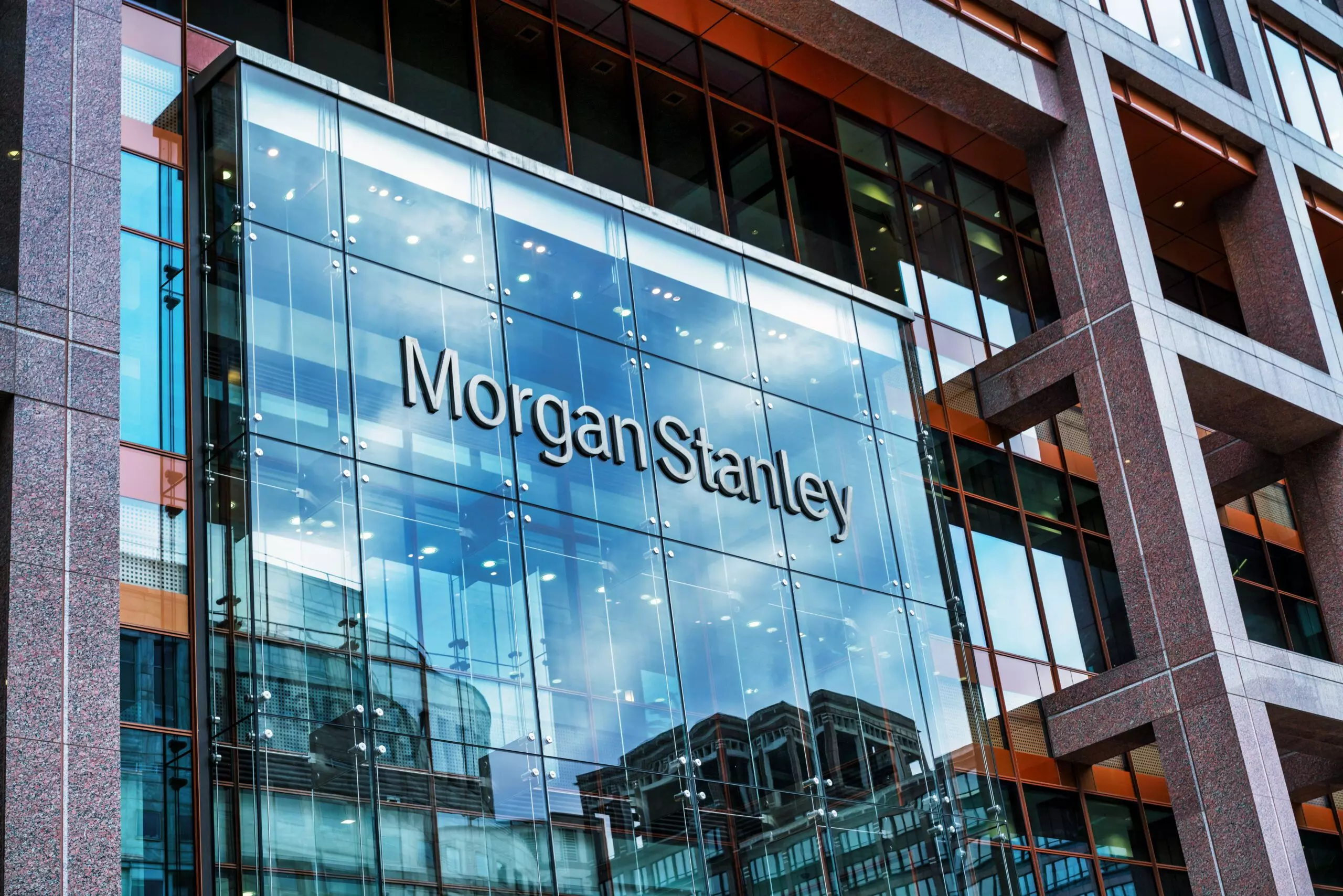Commercial property owners are grappling with an additional burden: soaring insurance costs, a result of natural disasters, inflation, and a shrinking reinsurance market, which have pushed premiums to record levels, exacerbating financial strain on landlords already facing high-interest rates and rising vacancies.
In the commercial real estate sector, insurance costs have surged by an average of 7.6% annually since 2017, according to Moody’s Analytics.
This translates to hundreds of thousands of dollars or more in added annual expenses for property owners, depending on the location and size of the property. These substantial hikes can quickly negate a year’s worth of profits.
While insurance premiums are rising nationwide and across all building types, certain cities, particularly multifamily buildings, have been severely impacted.
Costs to insure rental apartment buildings saw an average annual increase of 14.4% in Dallas, 13% in Los Angeles, and 12.6% in Houston. Property owners sometimes struggle to find insurers willing to cover their buildings, Moody’s reported.
Alexandra Glickman, the real estate and hospitality practice leader at insurance consulting firm Gallagher, expressed concern, stating, “I have never seen such a significant and rapid change in insurance capacity as well as spikes in pricing.”
For many property owners, the escalating insurance costs have proven more financially draining than the rise in interest rates.
While some landlords still benefit from low debt costs due to long-term, fixed-rate mortgages signed before 2022, insurance contracts typically renew yearly, necessitating a new policy at a higher price or potentially going without insurance.
The impact of rising insurance expenses is evident in property sales for $25 million or more, which have witnessed a substantial 79% decline since late 2021, according to CoStar Group. Rising insurance costs have played a significant role in this sharp drop.
Ian Bel, managing member of apartment landlord Olive Tree Holdings, voiced his concerns about the impact on property acquisitions, stating, “Deals that may have just fit what we are buying are now off the table because the insurance costs are just too high.”
To mitigate these soaring costs, some property owners are exploring options like hiring risk-modeling companies to calculate loss probabilities and negotiating with lenders to accept insurance with a higher deductible.
While this strategy helps reduce annual costs, it also places the company partially liable in the event of a disaster.







